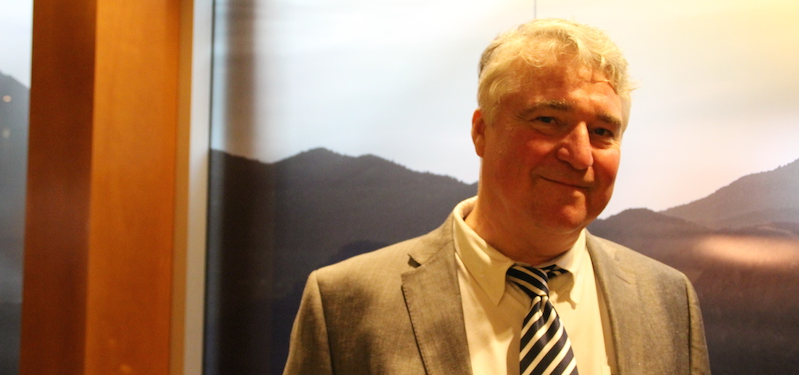RM: We’re a small organisation with 10 full-time staff and usually one or two co-op students. Our successes have been such and the recognition of the importance of the sector has been such that just over two years ago the government turned us into a Crown Corporation to legitimise our role.
“We have been seen as leaders in the country in terms of international education practices”
We represent five distinct communities not members. So that’s 25 public post-secondary institutions, over 300 private and career training colleges, over 150 language schools, over 300 private or independent K-12 schools and over 60 school districts.
The PIE: A lot of people say that as it goes in British Columbia so it goes in the rest of Canada, is that true?
RM: We have been seen as leaders in the country in terms of international education practices and part of this is driven by the fact that we have quality education institutions and geographically we’re a very popular destination which has encouraged government to support us more than other provincial jurisdictions might be supported.
We are the only province in Canada with any entity like BCCIE, with the one minor exception which is Edu Nova which has a different mandate. We are funded entirely by government and support them in their implementation of their provincial international education strategy. Every other province tries to run international education from within government. So we’re more nimble to react quickly and able to do things that government may not be able to do. Because of that I think we are seen as leaders in a number of fields.
The PIE: British Columbia launched its own international education strategy in 2012 that preceded the federal strategy. Two years in how is it going?
RM: There were a number of targets and goals. The most visible was the premiere’s ambition to attract 50% more international students by 2016-2017. Even the premiere suggested it was ambitious but with the growth that we’ve experienced with pretty much every one across the board in our different sectors I think we’ve got a good shot of meeting that. But the strategy also looks at creating more opportunities for our students to go abroad and curricular change within institutions.
“Canadian students are quite comfortable here… There are the financial restrictions upon travel but we also haven’t yet developed a culture of study abroad”
The PIE: And the CBIE has just called on government to increase scholarships for Canadian students to go overseas. What are your thoughts?
RM: Canadian students are quite comfortable here. You drive 3,000 miles and you speak the same language and you go to the same Tim Horton’s. There are the financial restrictions upon travel but we also haven’t yet developed a culture of study abroad.
Certainly we’re trying to encourage it. Diversity programmes, internships, international co-op placements, service learning. There’s also the trend of the short-term two week trip which I really don’t support though because I think you just check a little box on your resume rather than having any sort of real cultural engagement.
One of the things we’re trying to do in British Columbia is not just count the students going abroad but trying to ensure that you have a number of unique individual experiential learning opportunities. Rather than saying “we sent 10% of our students abroad” you should be counting every single experience as valuable, making sure that one student has entered a programme where you’ve monitored that and ensured they’ve been able to engage and learn something from the local culture.
The PIE: Is there a tension between public and private institutions in British Columbia?
“I think people are starting to realise more and more the high quality we have at the top end of our private institutions”
RM: When we first started engaging on our mission about 7 or 8 years ago there was much more of a divide. We may have played a part in this but certainly I think people are starting to realise more and more the high quality we have at the top end of our private institutions. There are some top-notch private institutions out there in the K-12 and post-secondary levels and because they’re not getting a penny from the government they have to address consumer needs more immediately. So in terms of this nexus between industry, government and institutions I think the privates are a lot more receptive to that.
There remain tensions but I think they’re disappearing rather than growing. We’re all fishing in the same pond and are part of this symbiotic enterprise in education – K-12, to post secondary to language schools, public, private – they’re all just students.
The PIE: Where are the holes in that symbiotic cycle of student recruitment?
Related articles




Heartiest Congratulation to you & your Team for success in promoting International Education relationships with India specially during BC Premier visit in November 2011